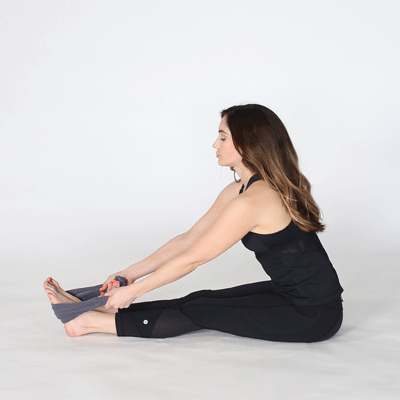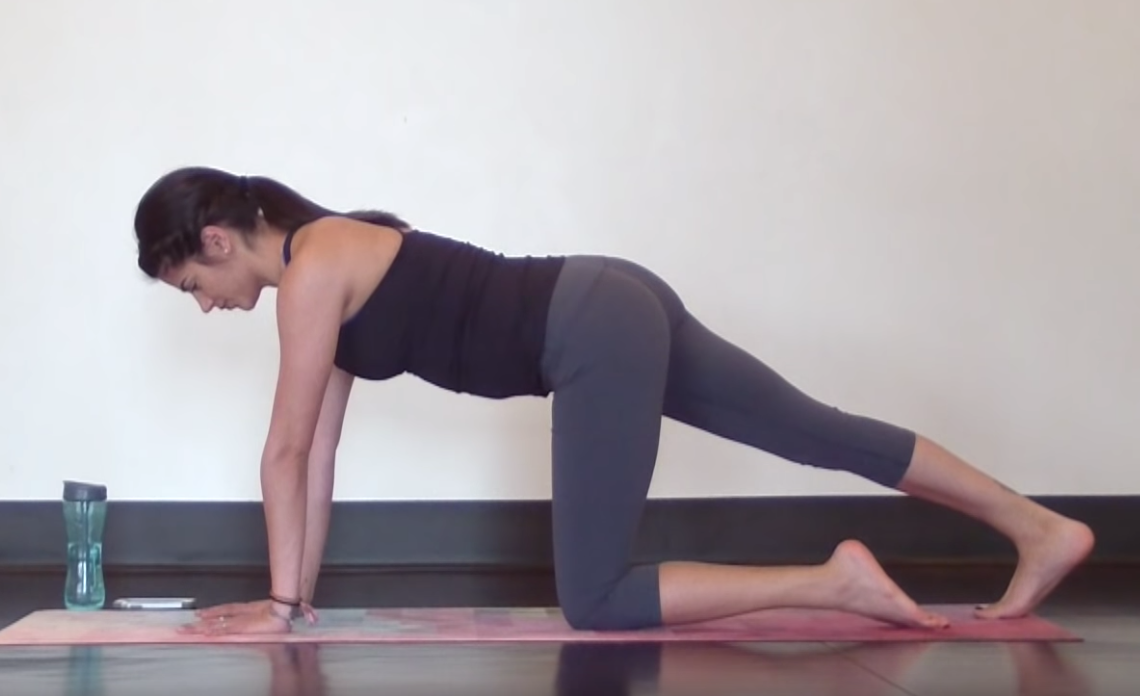Foot, ankle, knee or back pain? Perhaps your calves are the culprit
Like many important things in your body, your calves probably aren’t something you think about very often. They just do their thing.
The calf itself is actually made up of two muscles, the gastrocnemius (sounds like an awesome supervillain) and the soleus (which sounds like a superhero). But unlike the characters of a superhero comic book, they work together to do a really important job…
They stop you falling on your face!
They do this all day and they do it from the bottom of your body which makes their job so much harder.
Think about holding a flagpole. If you hold if from the middle, it is pretty easy. However, if you hold it from the end and lean the flag pole out at an angle, it becomes much harder. This is what your calf does all day.
So it is not wonder that a lot of us develop tight calves.
And because of their position, tight calves can affect weight distribution and pressure on other areas of the body which can also affect the foot, ankle, knee, hips and back.
What causes tight calves?
Tight calves are often caused through overuse. As we discussed, they work really hard to stop us from falling on our faces and they do this nearly all day. However, when you add running, jumping and spots into the mix, this can lead to overuse of the calf.
https://www.healthline.com/health/tight-calves#causes
Interestingly, calf tightness can also be caused by a lack of activity.
Last week, we discussed how our life of sitting can cause a shortening of the hip flexors. Well, the same can happen to the calf. We sit all day and our knees and ankles stay in the same position and our calves stay in a shortened position. The muscle adapts to this shortened position and tightness can result.
https://www.self.com/gallery/essential-calf-stretches
What happens when we have tight calves?
So I have tight calves, so what?
While tight calves can pain in themselves, they can also cause other issues.
The shortened muscle fibres can end up pulling on the ligaments and affect the joints around them leading to Achilles tendonitis, shin splits, knee pain (patella-femoral pain and patella tendinopathy), plantar fasciitis, groin pain and back pain.
https://leadingedgephysicaltherapy.com.au/tight-calves-running
https://www.jointandbackpain.com/causes-of-pain/tight-calves-back-pain
Do you have tight calves?
Here at Design Your Life, we seek to use science to give you new perspectives and information to help you design the life you want, today. However, we would always recommend that you seek professional medical and fitness advice for your own individual body.
Many people see the issues they have above and immediately diagnose themselves as having tight calves. However, there are many causes for these issues and this might not be the case. So, how do you know if you have tight calves?
The best way is to do a functional screening and muscle length test with a physiotherapist or personal trainer who is trained to undertake such as assessment.
However, you can do this test at home to get a good indication.
Stand in lunge position facing a wall with the foot 5 cm from the wall.
The toes of the rear foot should be one foot length behind the heel of the front one.
The inside edges of both feet should face straight ahead and be at right angles to the wall.
Use the wall for balance.
While keeping your knee cap over the second toe, shift your weight forward keeping both heels on the ground.
Attempt to touch the front kneecap to the wall with the front knee bent and the rear leg straight.
If your front kneecap can’t touch the wall, it indicates a possible short soleus muscle.
If your rear heel can’t stay on the ground, it indicates a short gastrocnemius muscle.
https://www.physiospot.com/sponsors/gastroc-soleus-length-test/
So, I have tight calves…what can I do about it?
Mobility
So now we know how important these hard working muscles are, how do we keep them happy and stop them getting tight.
Firstly, if you are suffering calf pain, there are several medical causes, so please consult your health professional for advice.
Additionally, here are some things you can do to help prevent tight calves.
Heel Pedals
Simply, pedalling your feet when sitting at your desk. Lengthening and contracting your calf muscles to keep them from tightening up.
Walking the Dog
From downward dog, raise the heel of one leg and lower the heel of the other and then switch sides. Do this about 10-15 times.
https://www.womenshealthmag.com/fitness/a20702994/heel-pain-exercises/
Self Myofascial Release / Self-Massage
Seated Roll
Place the foam roller under your calf and slowly roll back and forth.
If you want to add more weight you can lift your butt off the ground or place your other foot on top of the leg being rolled.
Point the toe inward (toward your centreline) and slowly rotate outward (toes away from your centreline) in order to get the entire muscle.
When you find a trigger point (and there may be many), you can stop on it and hold for about 10-15 seconds (we usually use 30-45 seconds).
Don’t forget to do both legs.
You may notice that one is tight on the outside and the other on the inside (particularly if you tend to stand on one leg a lot or lean to one side).
https://myphysiosa.com.au/how-to-use-a-foam-roller-to-loosen-your-calf-muscles
Kneeling Roll
If you find this too demanding on your upper body, you can try the following.
(It is easier on the upper body, harder on the calf).
In a kneeling position, place your roller between your calf and your thighs.
You can gently roll the calf by placing pressure on it with your arms.
Or you can sit down on the roller and use your bodyweight to press down on the calf.
Find a trigger point and hold for about 30-45 seconds.
You can lean toward one side of the other to target a particular calf.
https://www.pogophysio.com.au/blog/how-runners-can-overcome-tight-calves/
Yoga Poses
Downward Facing Dog
https://www.yogajournal.com/poses/downward-facing-dog
Start on the floor on your hands and knees. Knees below your hips and hands slightly forward from your shoulders.
Lift knees away from the floor keeping the knees slightly bent.
Push your butt toward the where the back wall and the ceiling join (behind you).
Lower your heels toward the ground (as far as your body will let you).
If you bend the knees, you will focus the stretch more on the soles and less on the gastrocnemius.
Seated Forward Fold
Sit with your legs in front of you.
Hinge forward form the hips and reach for your toes.
Reach the toes back (to increase calf stretch)
You can use a also use a towel to help reach your toes
https://www.yogajournal.com/poses/3-ways-to-modify-paschimottanasana#gid=ci02210740d0002450&pid=yogapedia-flatback-forward-fold
https://www.medicalnewstoday.com/articles/calf-stretches#stretches
Table-top Calf Stretch
Starting from your hands and knees, extend one leg back and places your toes on the ground.
Push back until you feel a calf stretch
Conclusion
Our calves are probably the second hardest working muscle in our body after our hearts so it makes sense that they get tight. However, this tightness can cause pain in the foot, ankle, knee, hip and back. By moving our ankles and rolling and stretching our calf muscles, we may keep them from shortening and prevent the pain that tight calves can cause.
You can also come to a Recharge class and we’ll go through these techniques with you.
The EVERDAY can lead to tight calves





